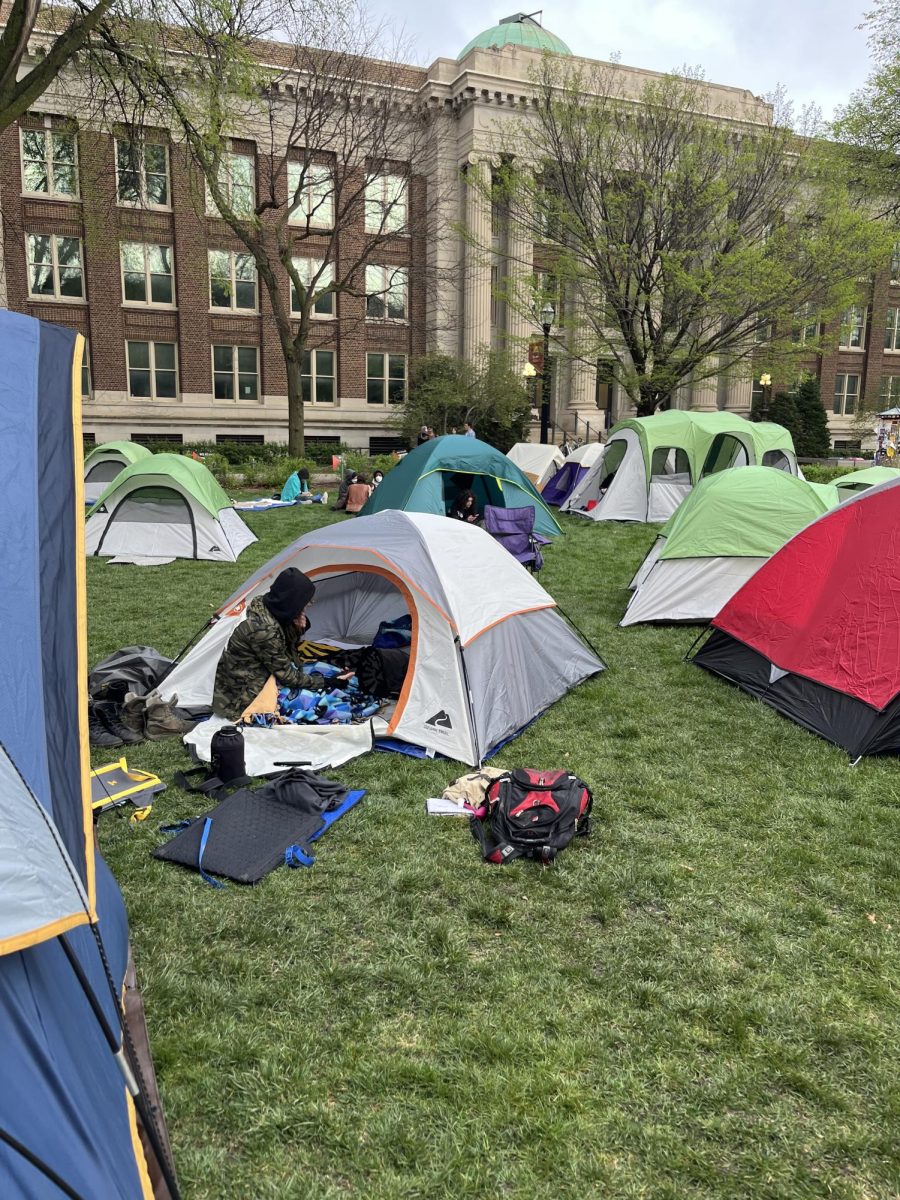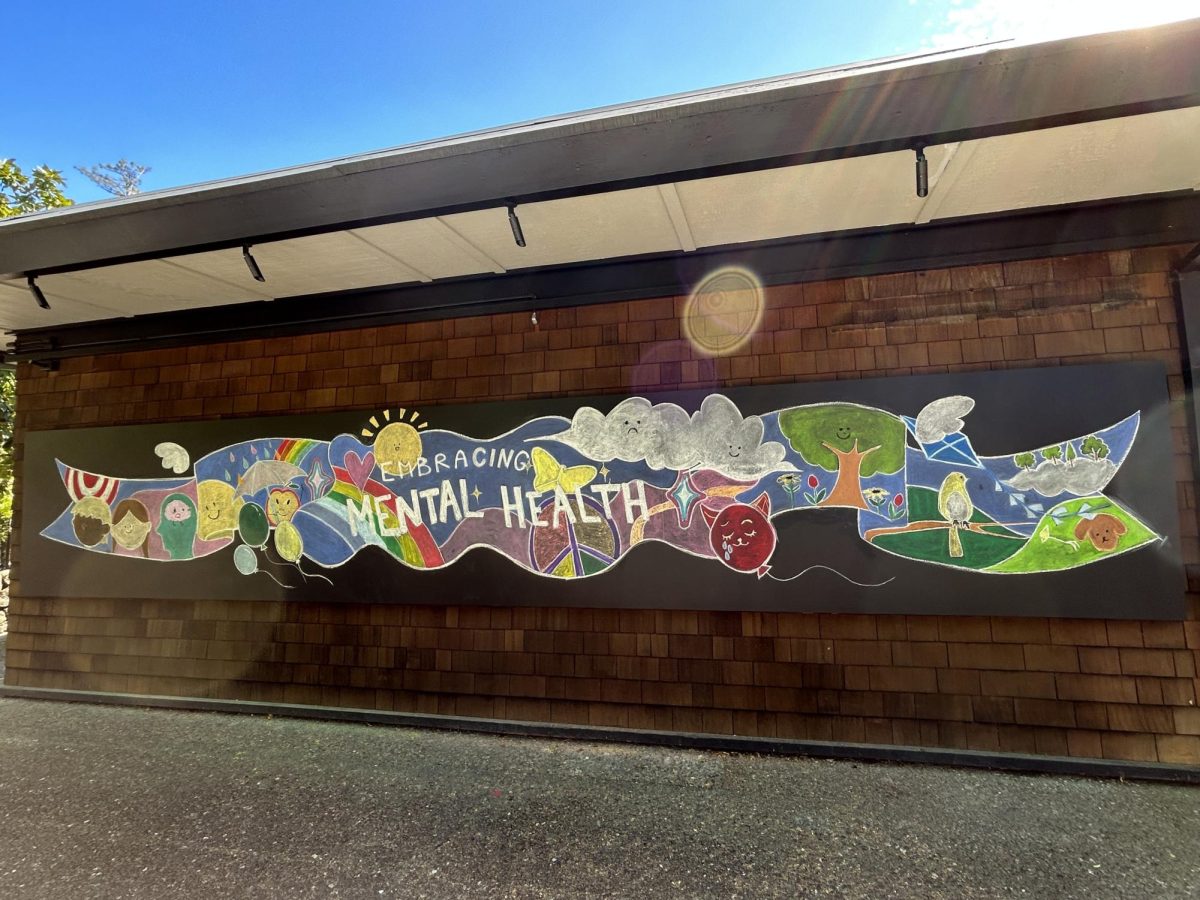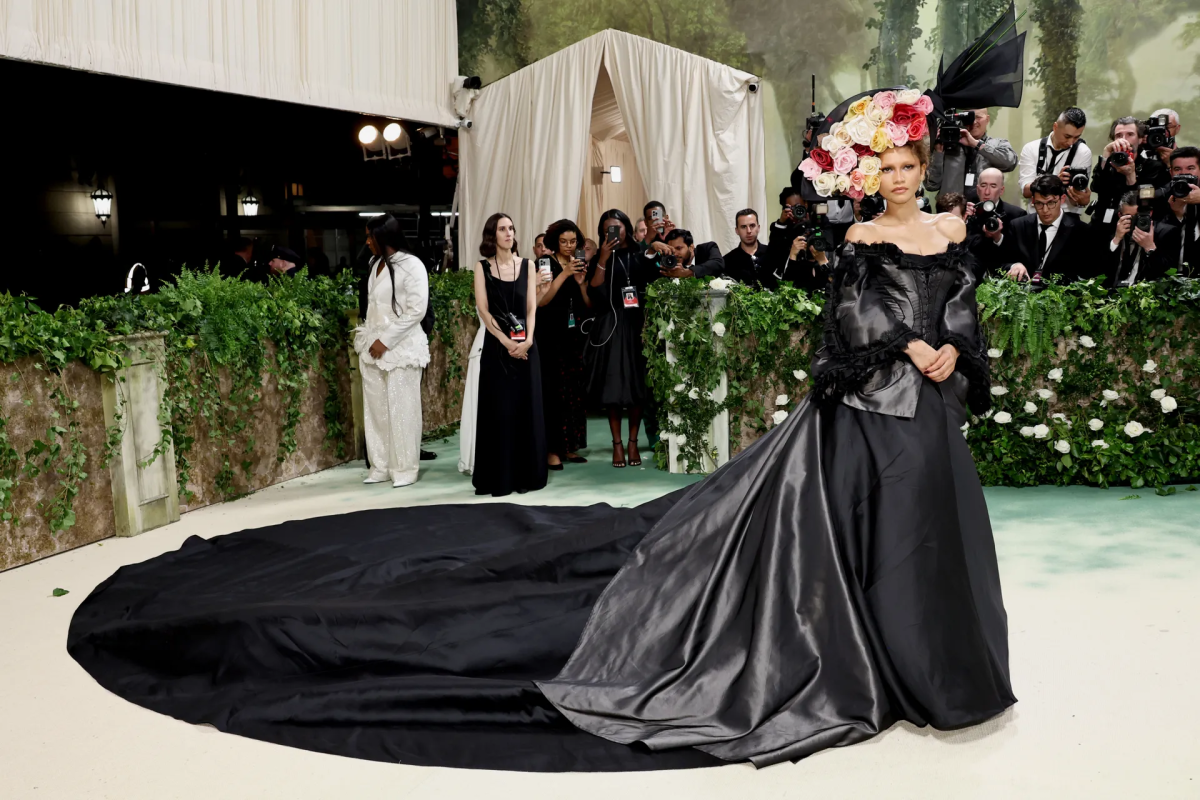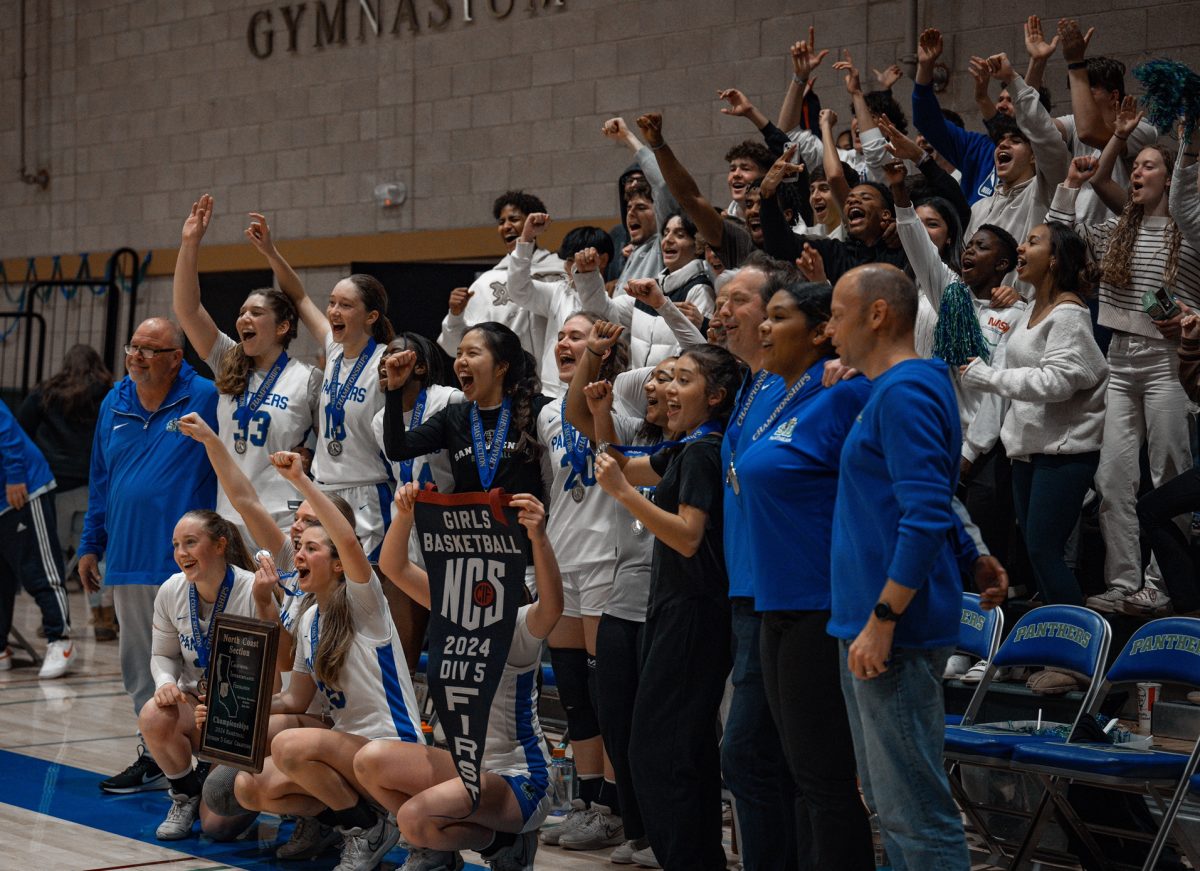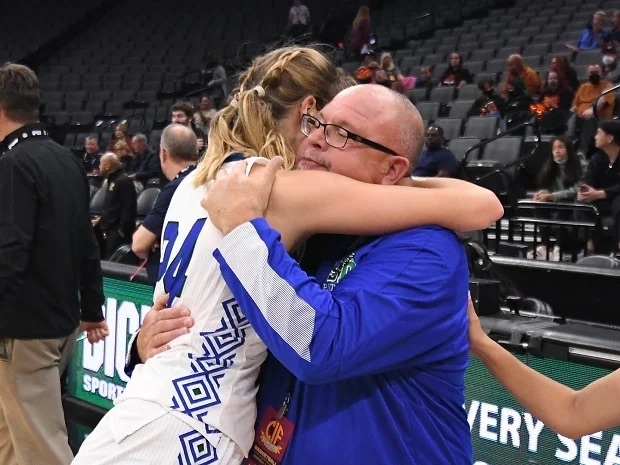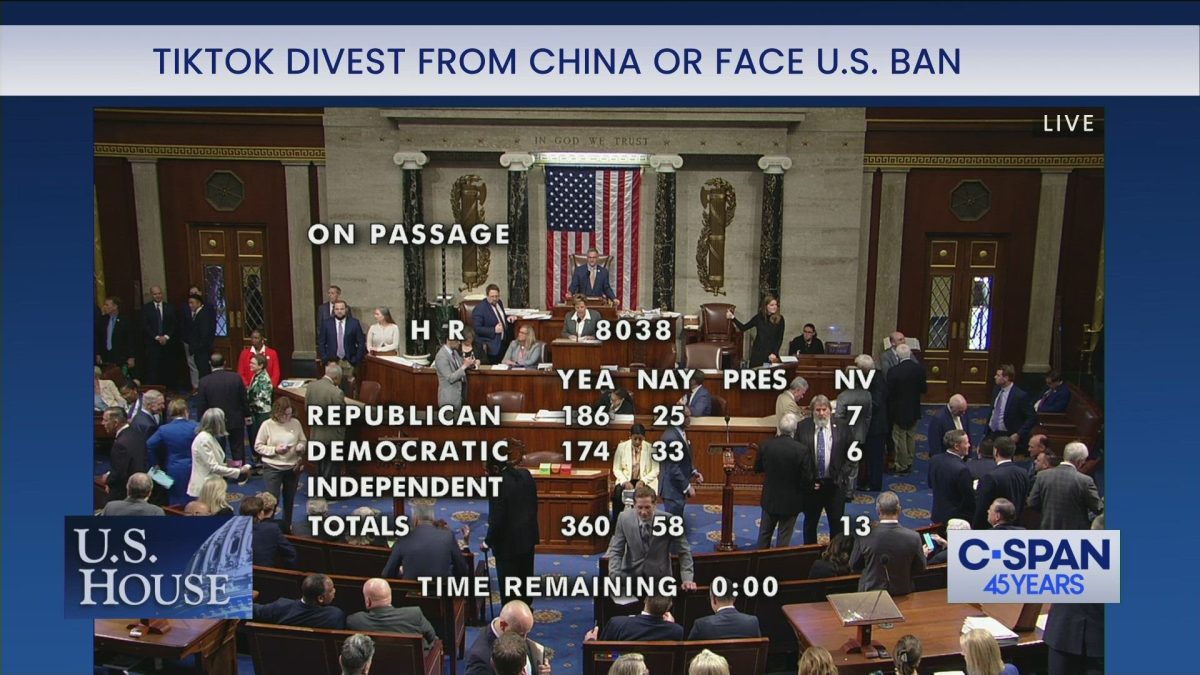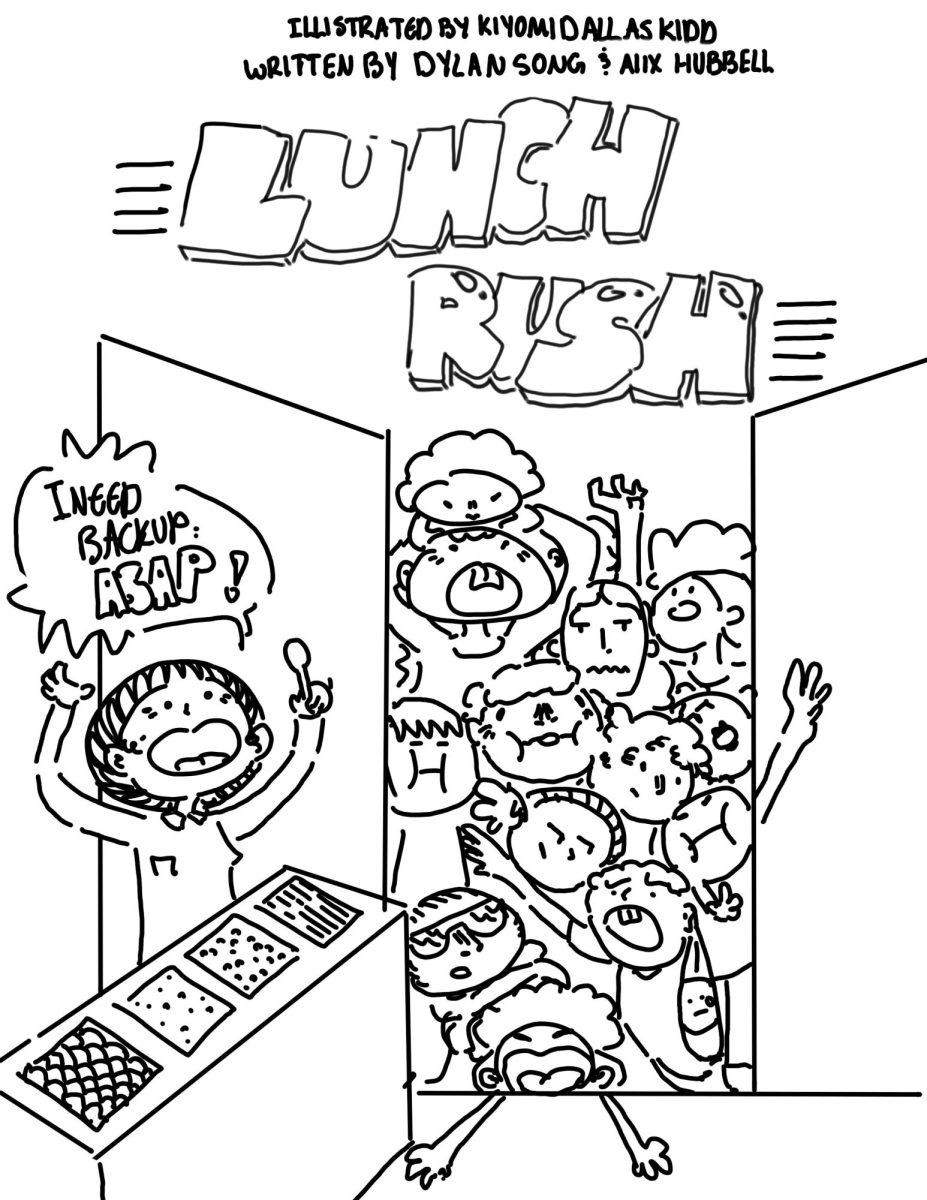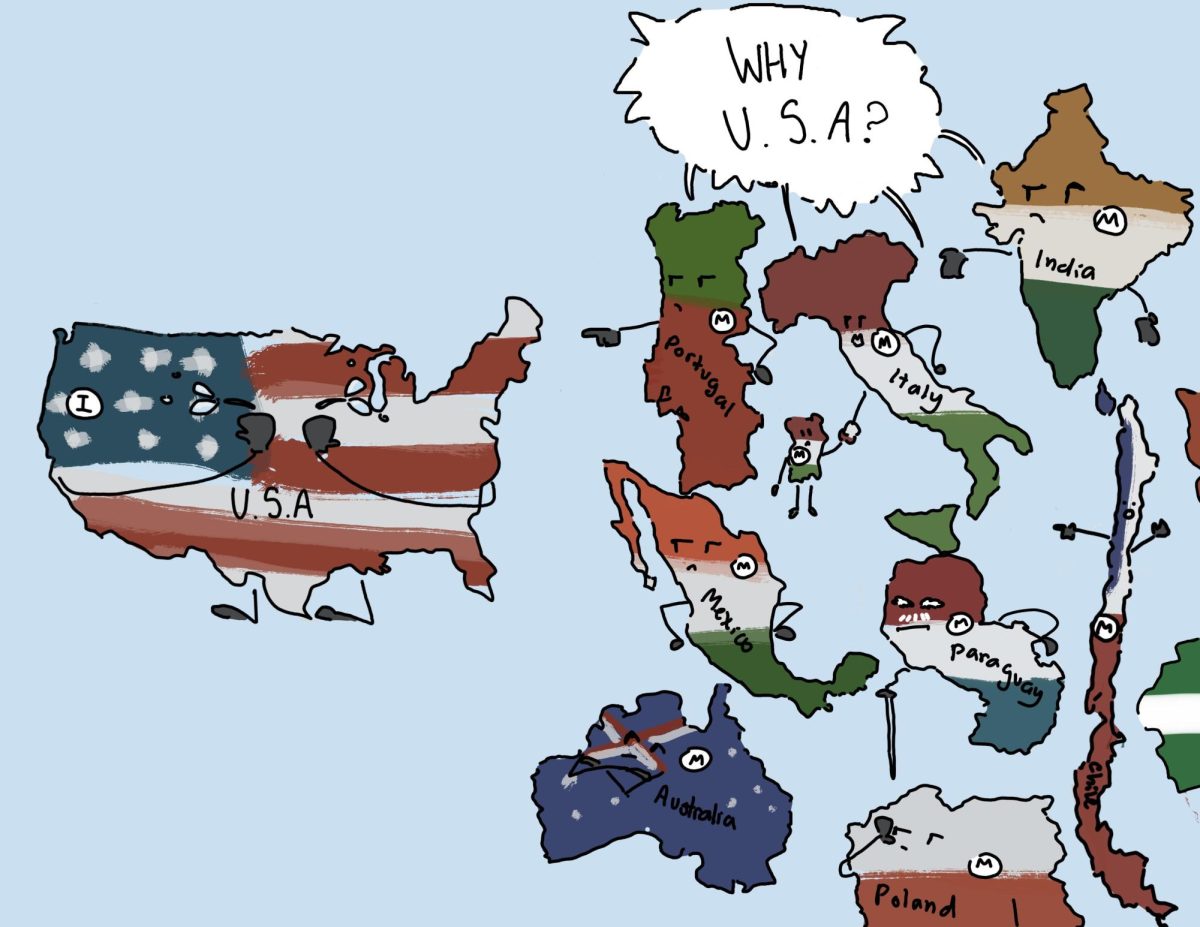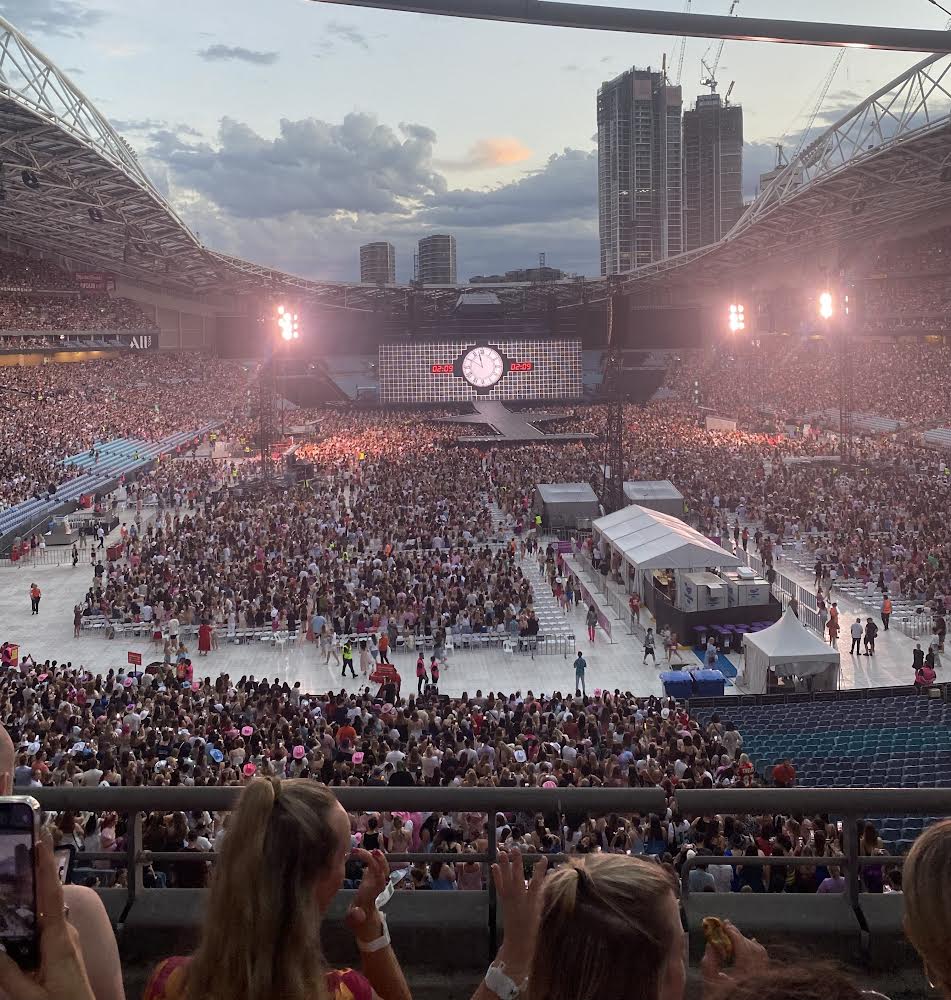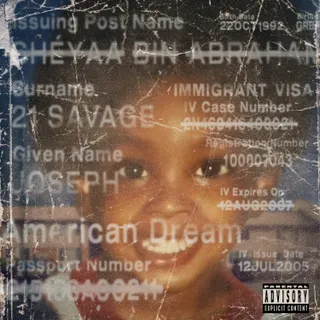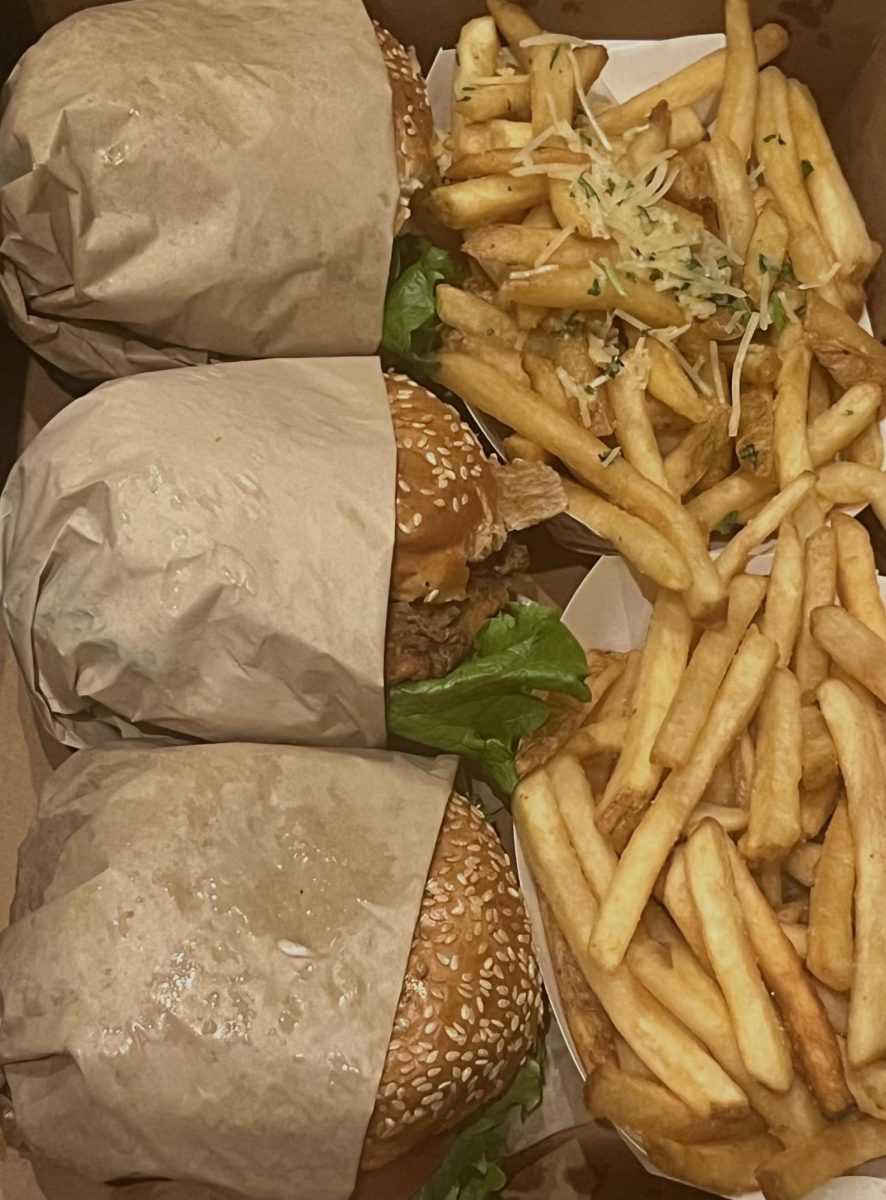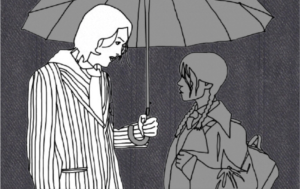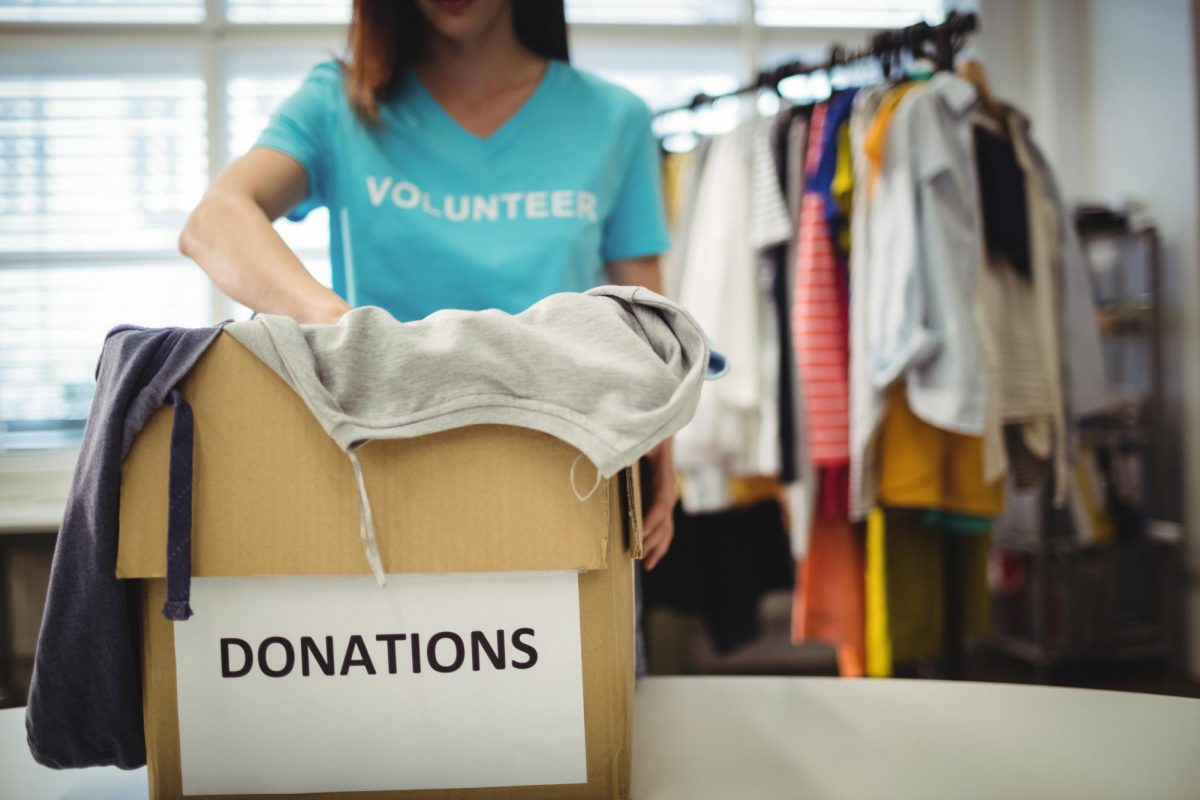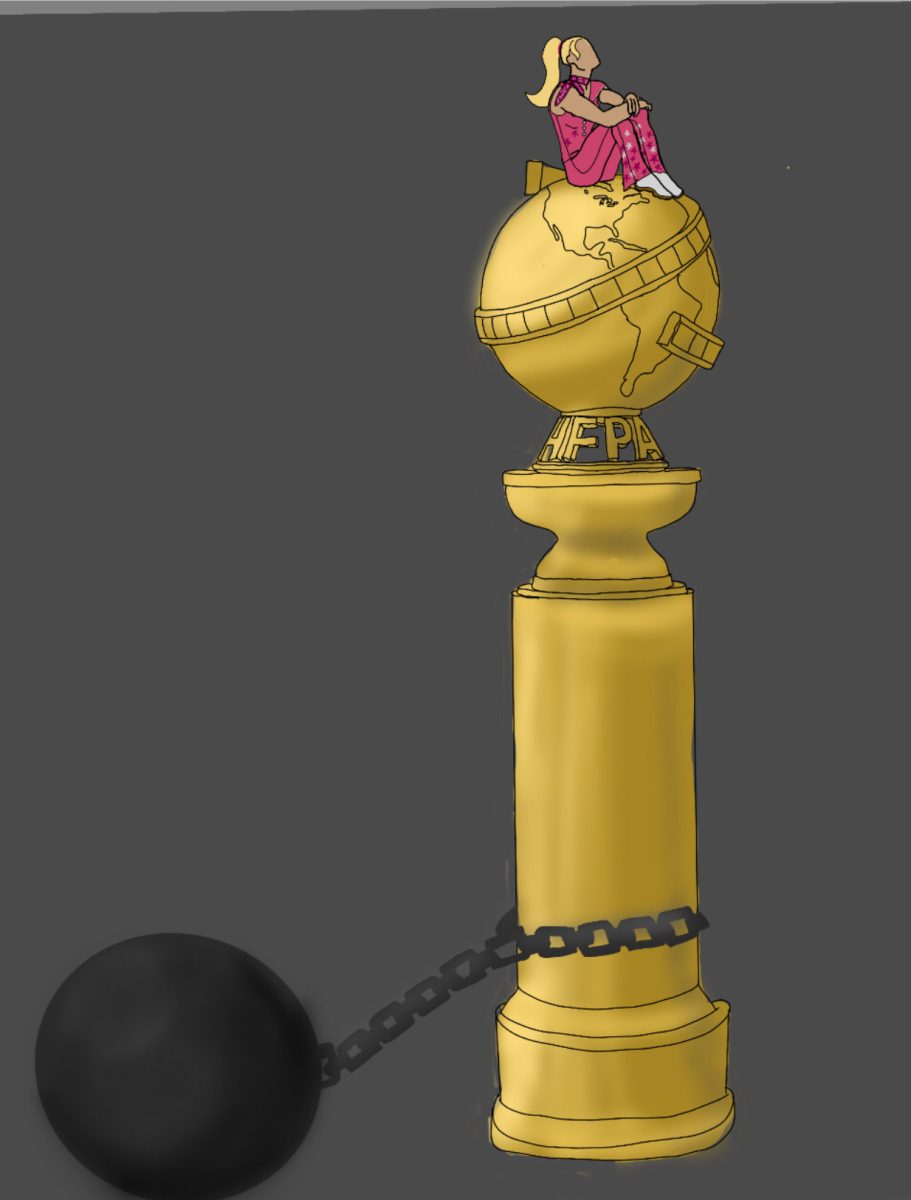Do me a favor as you’re reading this article and open your closet. I want you to find every piece of clothing that you have not worn in at least the past three months. If you found none, great. This is not a win or lose situation since we are all learning. But if you found more than ten, this fact is for you: On average, Americans throw away more than 68 pounds of textiles per person every year.
Now ask yourself, where do all these clothes go? Where do they end up? And most importantly, I want you to ask yourself: What impact the earth will suffer when 22,644 million pounds of textiles are thrown away in the USA alone by the end of 2024?
No, this is not another article to make you feel guilty about the clothes you buy, but one meant to open your eyes to whether the ways in which you practice sustainability with your textiles are truly sustainable, i.e through thrift stores and clothing donations.
First, to investigate how exactly we end up practicing textile sustainability at San Domenico, I reached out directly to the Director of Sustainability at SD, Shelly Flint.
“Sustainability is really operating in a way that sustains life for future generations,” Flint said.
According to Flint, the first step in living sustainability is to look at how the system operates from the beginning and ask questions like, “How are the raw materials used for making textiles grown? And from where are we sourcing these materials?”
“[We need to] move away from a linear economy where…we extract raw materials, and then it goes to the end user, the consumer, and then it goes to the landfill,” Flint said. “That’s not a sustainable system. The clothing industry right now, it’s sort of like a take, make, waste model at a fast rate.”
Flint told me about the different ways in which she and her coworkers are working towards improving awareness around textile sustainability at San Domenico. As Earth Day and its annual celebration at SD draw closer, Flint let us in on an important piece of the event that contributes to the cause.
“Fashion is actually going to be one whole zone of the festival,” Flint said. “So it will be [something in the lines of] clothing exchange, and social justice classes will be doing some projects.”
However, the ways in which we practice sustainable use of textiles at SD is still very limited. For our hub of sustainability, the garden, Flint mentioned that the application is limited because clothes don’t necessarily decompose often due to the material used to make them, which in itself is a problem.
After talking to Flint, I grew even more curious about other ways in which we have been dealing with textiles at San Domenico. I thought of the boarding program. Despite the diverse backgrounds among our boarders, clothing seems to connect all of our spirits. The clothing donation in the dorms at the end of every year is both a beloved and anticipated practice. It does not only provide students with a way to get rid of any excess clothes they hold, but also encourages them to participate in fun clothing exchanges.
But where do those clothes go on from boarding? Is it just clothes that are donated or other items as well? What happens to broken or torn items? These were all questions that led me to having an extremely informative conversation with the Assistant Director of Residential Life at San Domenico, Alexis Gerlach. Gerlach oversees the clothing donations in the boarding program. She walked me through the value of donations to boarding students, steps of collecting donation items and then transporting them to thrift stores.
“So [the value of donations to students], it actually ranges. I think a little spring cleaning is always good,” Gerlach said. “In our clothing donations, some of the kids do throw out designer clothes, whereas others throw out stuff that they just don’t want anymore.”
Gerlach highlighted the necessity of clothing donations within the boarding community and the variety of items that students donated. These donations often go beyond clothes and include a variety of items like iPads, school bags, and even bigger items like bookshelves, as well as fun stuff like LEGOs.
“We like to start the process a little early. We begin in the second week of May,” Gerlach said. “So [for] the first step with donating the clothes, we want to make sure that other students have the opportunity to either take some of them and then reuse them themselves. And then at the very end when all the students have moved out, that week is when we do our donation run. And so we [the RF’s] bring all the donations to various [thrift] shops. We like to do the local ones first.”
The boarding donations mainly end up in the Bloom Thrift Store in San Rafael and the Goodwill in Novato. While Bloom solely accepts clothes, Goodwill takes all the different items students donate like toiletries, hangers, and computers. Most of the items that usually get thrown away are broken items that cannot be recycled or reused like shoe racks and certain electronics. In addition, boarding facilitates the transportation of donated items at the donation bins located at the green awning at San Domenico.
If you are following my trail of thoughts so far, then you know that the next questions I had were the following: What exactly do the thrift stores do with the donated clothes and how sustainable is their process?
To dig deeper, and after receiving no response from the Goodwill in Novato, I reached out to the Bloom thrift store in San Rafael. I was fortunate enough to have a conversation with both the Office Manager at Bloom, Jonathan Herrera, and their Bilingual Program Coordinator, Emily Elder. Both Herrera and Elder led me through their step-by-step process with the clothes that they receive from clothing donations.
“When the clothes come in, we have a group of four volunteers and they do all the intake,” Herrera said. “They thin out everything that has stains or rips.”
Bloom sets most of the intake from the donations aside for their Boutique Program. Bloom’s Boutique Program gives complimentary wardrobes to families in need for two weeks. The wardrobes include one raincoat, one sweater, four jeans, seven shirts, a blazer, two pairs of shoes, a purse, belt and three pieces of jewelry. For women, the total worth of the wardrobe ends up rounding to about $900 – $1200, and for men, the same rounds up to about $700 – $800. The clothes often go to people coming out of jail, families referred by school counselors, community clinics, Kaiser patients, and many more.
In addition to having a retail section as well, Bloom, being a non-profit itself, also sends part of the donations to other nonprofits such as the Women’s League in Santa Rosa and the Welfare League. Supporting other local businesses, certain high-end items and clothes at Bloom from high end designers are sent to the consignment shop down the street since their customers expect to pay a little bit more for high end designs, while more ripped, stained clothes end up going to Goodwill or Salvation Army.
As a non-profit partnering with Young Women’s Christian Association Marin, Bloom’s revenue goes on to support causes such as anti- sex trafficking and entrepreneurship programs. Herrera explained to us a system that thrives off of a connection of thrift stores and corporations working towards social justice and climate justice.
However, the piece of this conversation that especially provided hope for such a system to thrive beyond Marin County was the idea of USAgain Bins. For even Bloom, certain clothing items end up going in the USAgain bins, which is an excellent way to ensure that the clothes you donate do not end up in the landfill. Through textile recycling programs and secondary markets outside the United States, these clothing bins go on to repurpose clothes for those in need.
Both donating clothes to local thrift stores and utilizing USAgain bins not only work towards preventing clothes from landing up in the landfill at the end of the day, but also help contribute to a community of local businesses that support each other and other causes beyond the environmental impact of textile waste. It is a process that opens doors for employment, social service, and sustainable entrepreneurship.
However, at the end of the day, a significant amount of clothes still inevitably ends up in larger thrift store chains such as Goodwill and Salvation Army.
In 2021 alone, 107 million goods, including secondhand clothes, were donated to Goodwill. So, is it truly sustainable for clothes to end up at non-profit or charity donation centers such as Goodwill and Salvation Army?
Shannon Whitehead, a sustainable apparel consultant and columnist for the Ethical Fashion forum, argues that it is “fundamentally flawed” to believe that we are doing anything on the lines of social service by donating clothes to charities.
For any clothes donated to almost any donation center or thrift center, only about 10 percent of the goods are good enough quality to be resold. The rest inevitably move on to textile recyclers, who must then decide whether the clothes are suitable to be shipped to countries like Ghana, Angola, and Cameroon for resale purposes. Once decided, these textile recyclers often sell these clothes to sellers in African countries at a profit.
Once these clothes reach these countries, there is no guarantee that these clothes won’t eventually end up in landfills. This process does not only fail to ensure sustainability but also damages economies of these African countries, as western clothing imports take away potential profits for existing local industries.
According to Cyndi Rhoades, the founder of Worn Again Technologies and co-founder of Circle-8 Textile Ecosystems, less than 1% of textiles are currently turned back into new textiles. Rhoades works in “materials circularity” which focuses on solutions for clothing and textiles that are no longer reusable by breaking them down, purifying the raw materials and getting them back into supply chains to replace the use of virgin materials.
But why exactly is Rhoades’s work so important? Why shouldn’t clothes end up in landfills?
Currently, the textile industry accounts for about “3% of the world’s total [Carbon Dioxide] emissions.” And for those of you who are not familiar with why carbon dioxide is bad for the environment, here is an article that might be helpful.
In the end, I came to the conclusion that even though donations help and support textile sustainability and several other causes at various levels, they are not where your responsibilities toward sustainability end. Donation is not the solution. As long as individuals continue following a consumerist pattern of buying more and more clothes, they are keeping a toxic pattern alive, regardless of whether they donate clothes or throw them away.
The clothing industry right now, it’s sort of like a take, make, waste model at a fast rate.
— Shelly Flint
Please click here to read more about Cyndi Rhoades.

